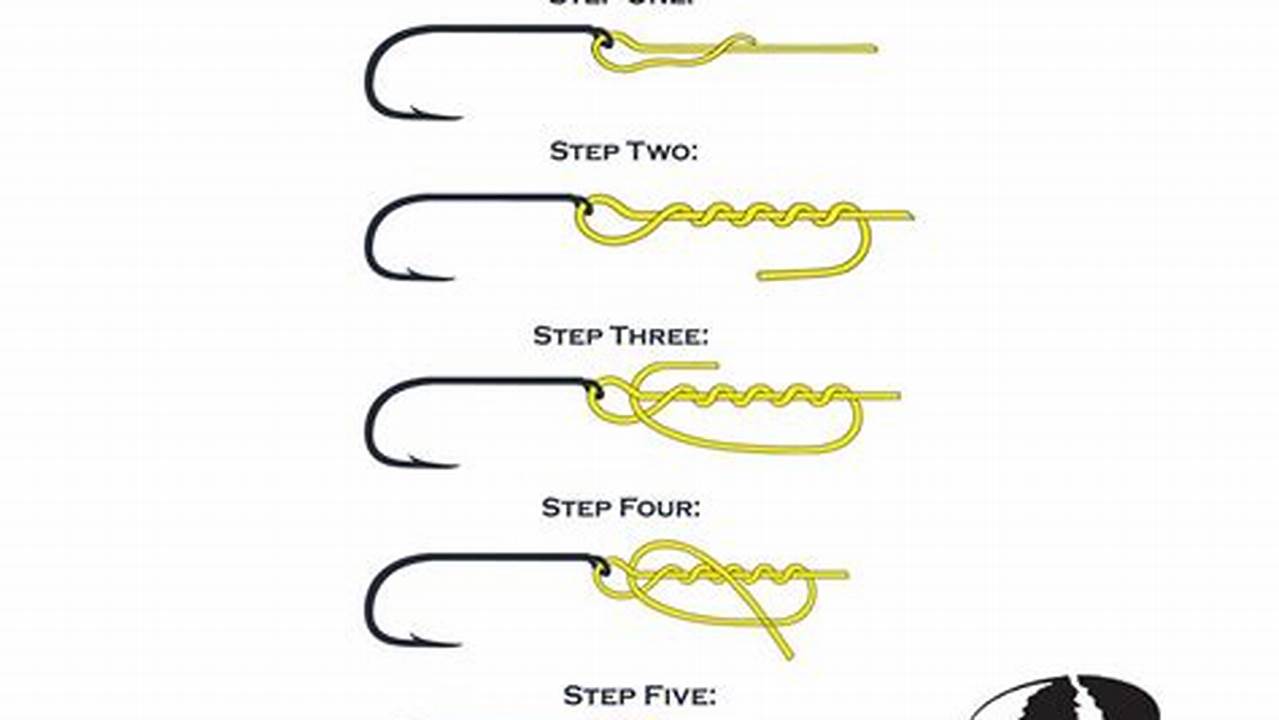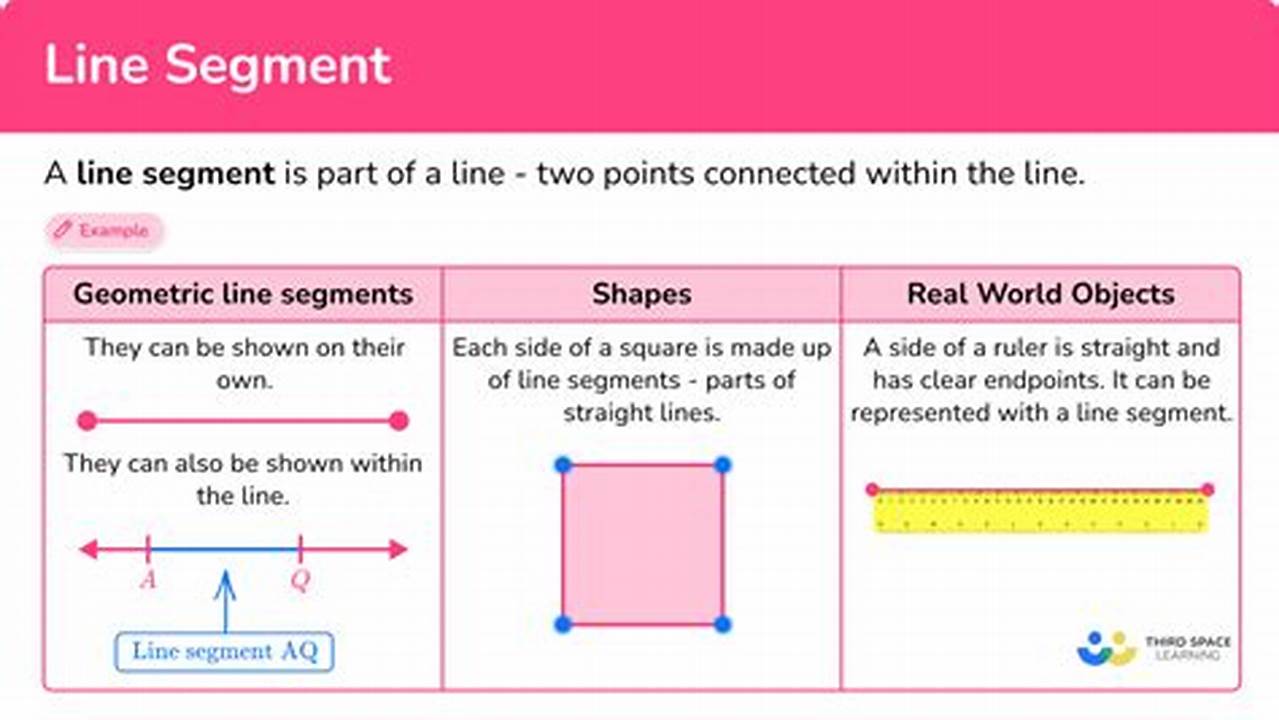
Determining the angle at which a tangent line is pointing is a fundamental concept in calculus. It gives us valuable information about the rate of change of a function at a specific point. The tangent line approximation is also a powerful tool for visualizing the behavior of a function near a given point.
To determine the angle of a tangent line, we need to calculate its slope. The slope of a tangent line is equal to the derivative of the function at the point of tangency. Once we have the slope, we can use the arctangent function to find the angle that the tangent line makes with the x-axis.





